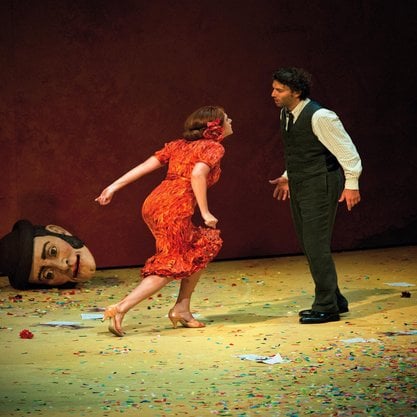Article
Shingeki By Swain, John D.
Article
Shingeki (literally “new theater”) is a word coined in late Meiji period Japan (1868–1912) referring to dramatic works and theater performance styles imported and adapted from late 19th- and early 20th-century Europe. Almost every Japanese theatre form created in the 20th and 21st centuries is influenced by shingeki, but after the 1960s it was no longer a term associated with the avant-garde. Shingeki existed as a distinct theatrical genre for just over a decade in the late Meiji and early Taisho (1912–1926) periods; however, its legacy remains in Japanese theater.
During the Meiji period’s rapid modernization and Westernization kabuki and nō presentational forms were criticized; naturalist and realist staging by playwrights such as Ibsen, Chekhov, and Hauptmann were promoted; and the view of dramatic texts as literature rather than as a springboard for an actor’s virtuosity became dominant. During the first decades of the 20th century writers such as Tsubouchi Shōyō (1858–1935) and Osanai Kaoru (1881–1928) sought to create a sharp distinction between premodern and modern forms of performance. The result was shingeki.




